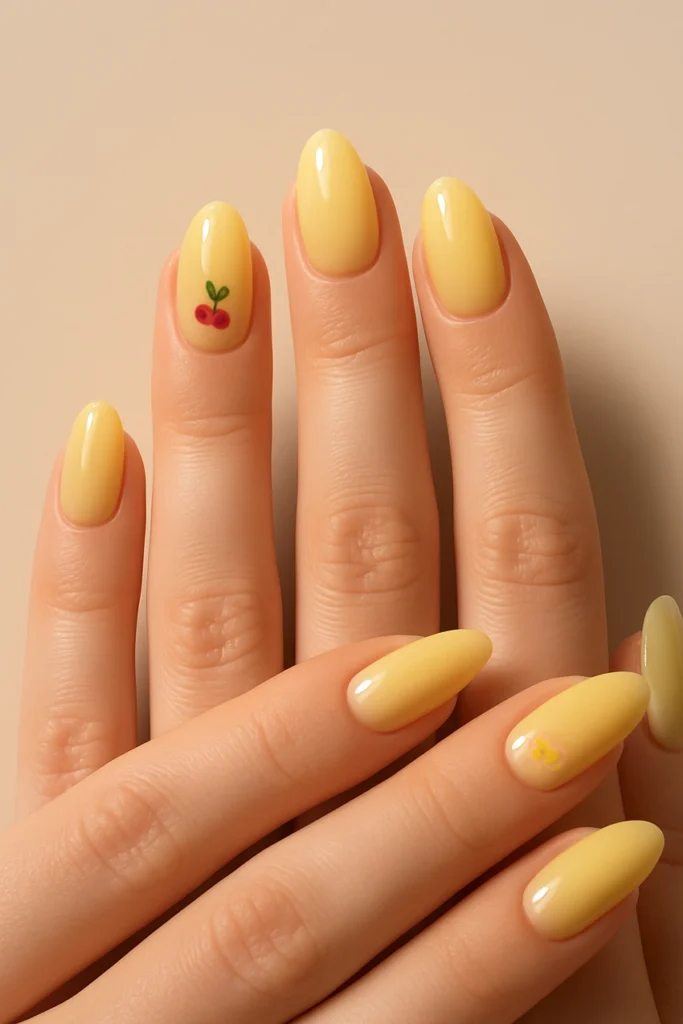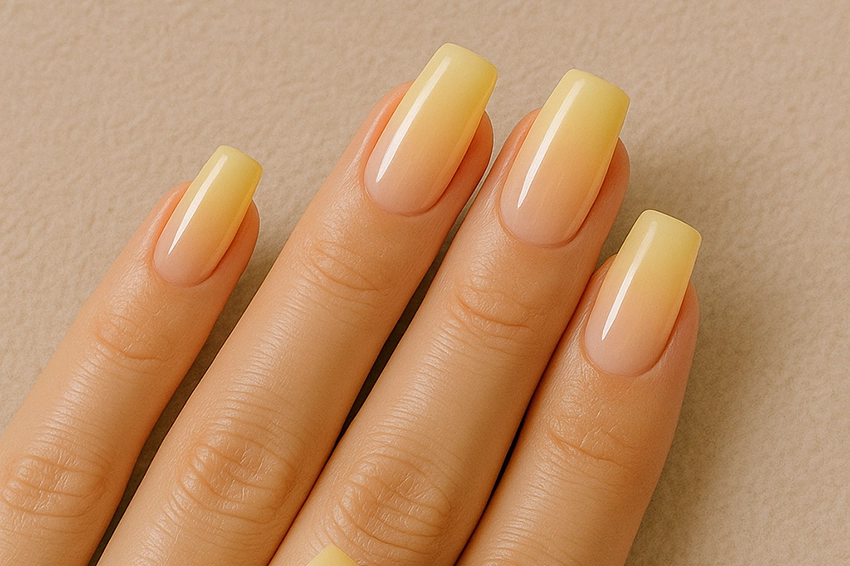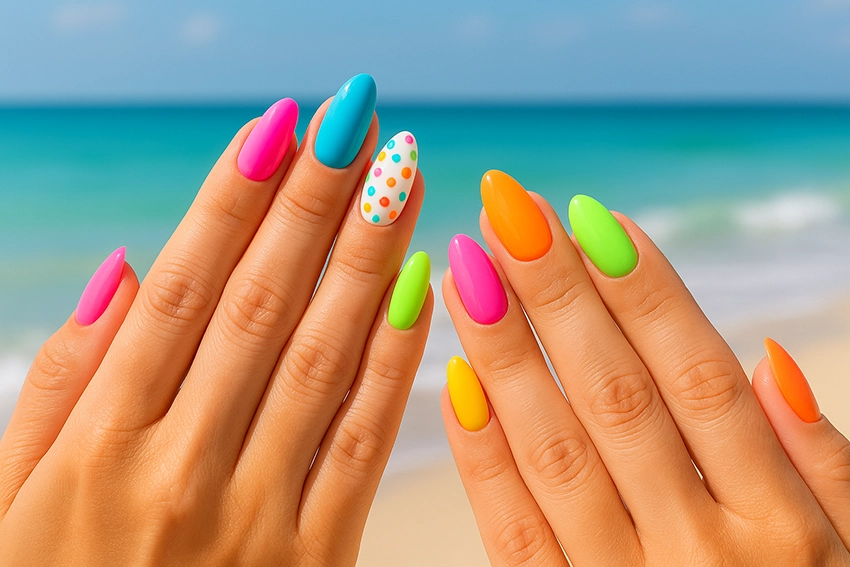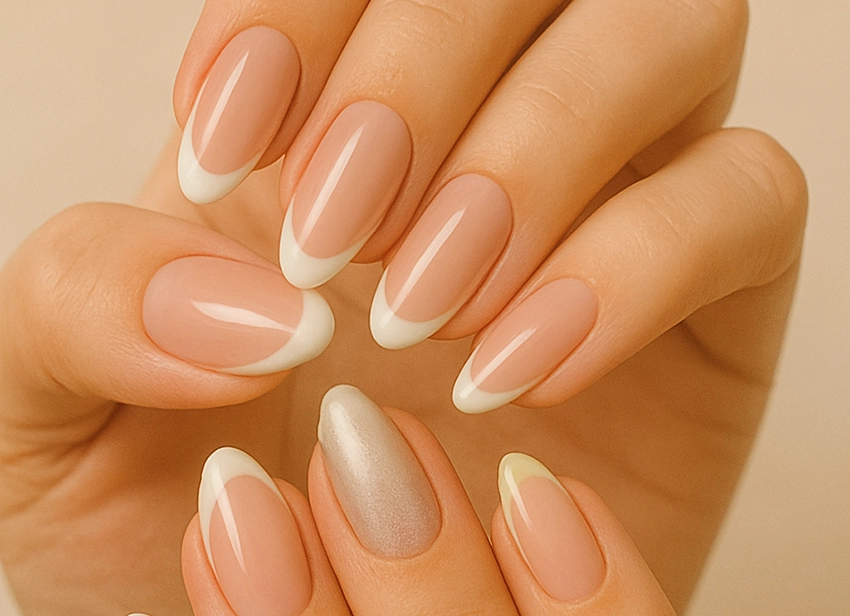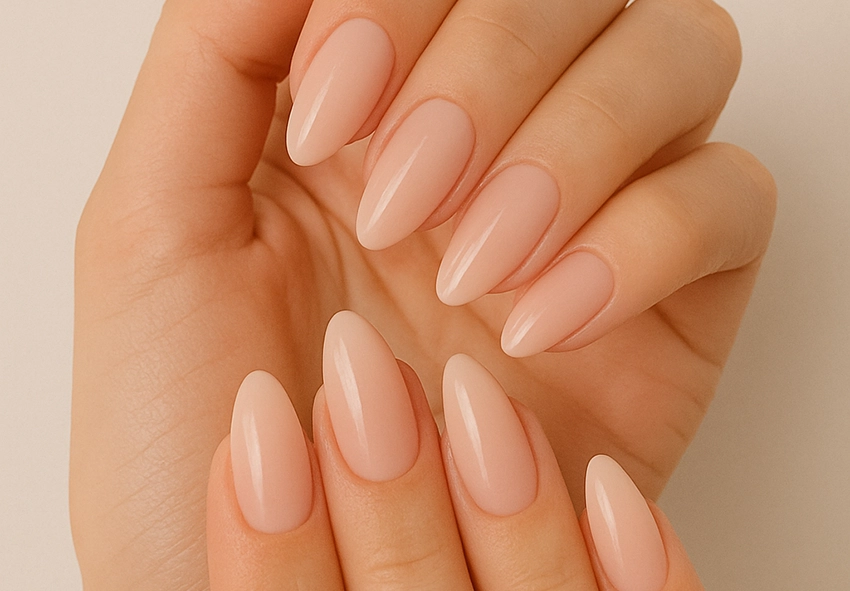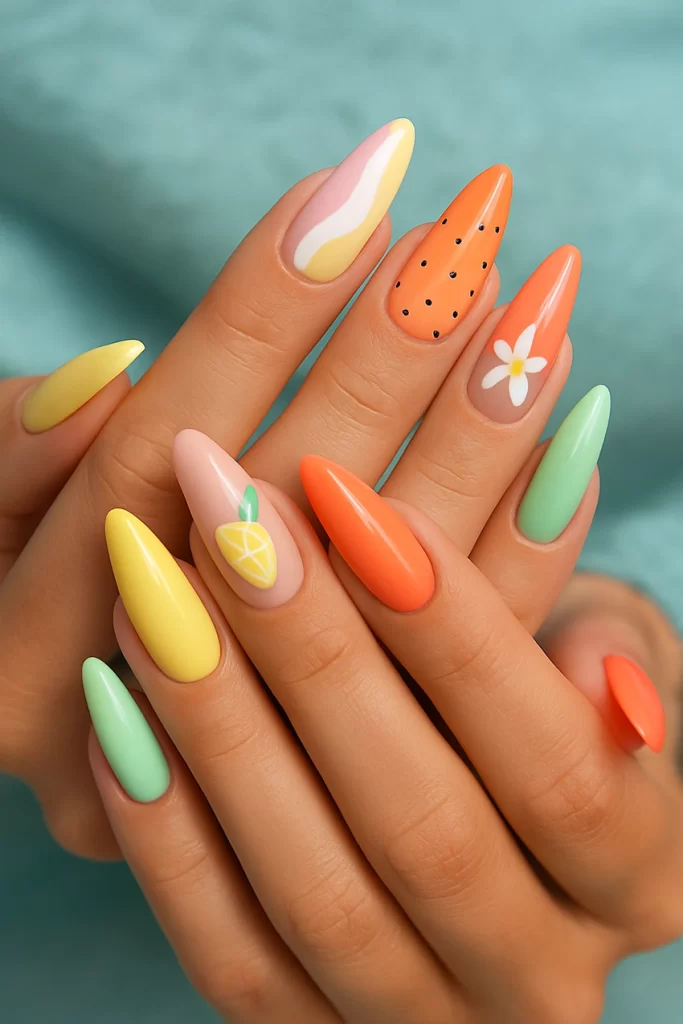For many women, artificial nails are a form of self-expression and style. Perfectly shaped, long-lasting nails are undeniably beautiful—but what effects can they have on your natural nails and skin? In this article, we explore what to watch out for and how you can minimize potential health risks.
1. Thinning of the Natural Nail
Before artificial nails are applied, the top layer of the natural nail is usually filed down to help the material adhere better. While this process is effective, repeated applications can lead to thinning of the nail, making it more fragile and flexible. Frequent fills and improper removal techniques can weaken the nail structure over time.
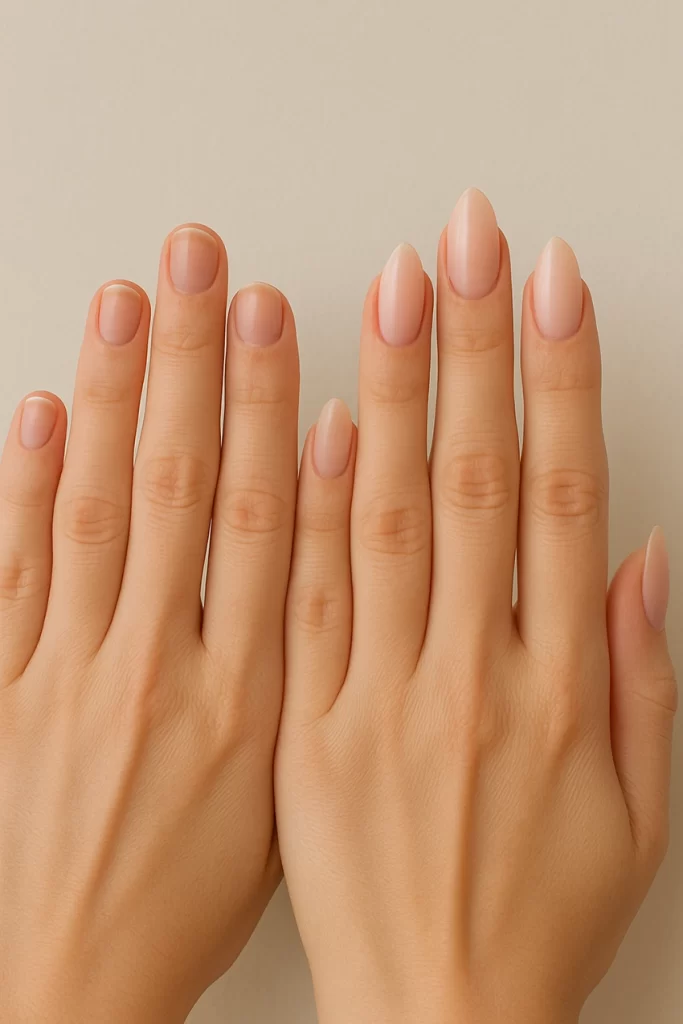
2. Allergic Reactions and Irritation
Certain nail materials—such as acrylates or gels—can trigger allergic reactions, especially in sensitive individuals. Symptoms may include itching, redness, or peeling around the nail area. If the adhesive or gel touches the skin, irritation may occur, particularly if the application is not precise or the client has sensitive skin.
3. Fungal Infections and Bacteria
When artificial nails lift or are not properly sealed, moisture can accumulate between the natural nail and the artificial layer. This creates an ideal environment for fungi and bacteria. The first signs of fungal infection include discoloration, thickening, or an unpleasant odor. If these symptoms appear, the artificial nail should be removed immediately, and a professional consulted.
4. Sensitivity to UV Lamps
Gel nails require curing under UV lamps, which may cause mild redness or discomfort on the hands, especially for those with sensitive skin. While the risk is generally low, using hand sunscreen or UV-protective gloves during the curing process is recommended as a precaution.
5. Importance of Salon Hygiene
Poorly disinfected tools, files, or work surfaces can harbor bacteria. That’s why it’s essential to choose a trusted, professional nail technician who follows strict hygiene protocols. Cleanliness is not only important for the salon’s image but crucial for your health as well.
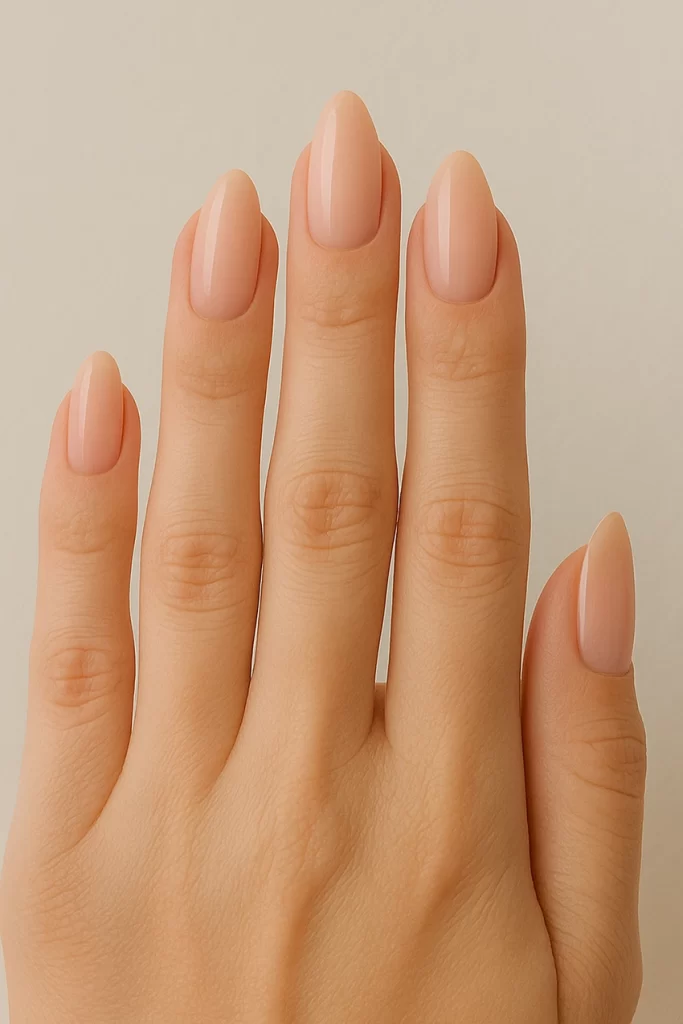
How to Minimize the Risks
- Allow your nails to rest between fills
- Choose technicians who use quality, well-known materials
- Avoid removing artificial nails yourself at home
- Pay attention to your skin’s response—remove nails immediately if irritation occurs
- Use hand sunscreen when using UV lamps
Artificial nails aren’t inherently harmful, but your choices around application technique, materials, and aftercare matter. With conscious decisions, proper hygiene, and occasional breaks for your natural nails to recover, artificial nails can be both beautiful and safe. The key is moderation and awareness.
